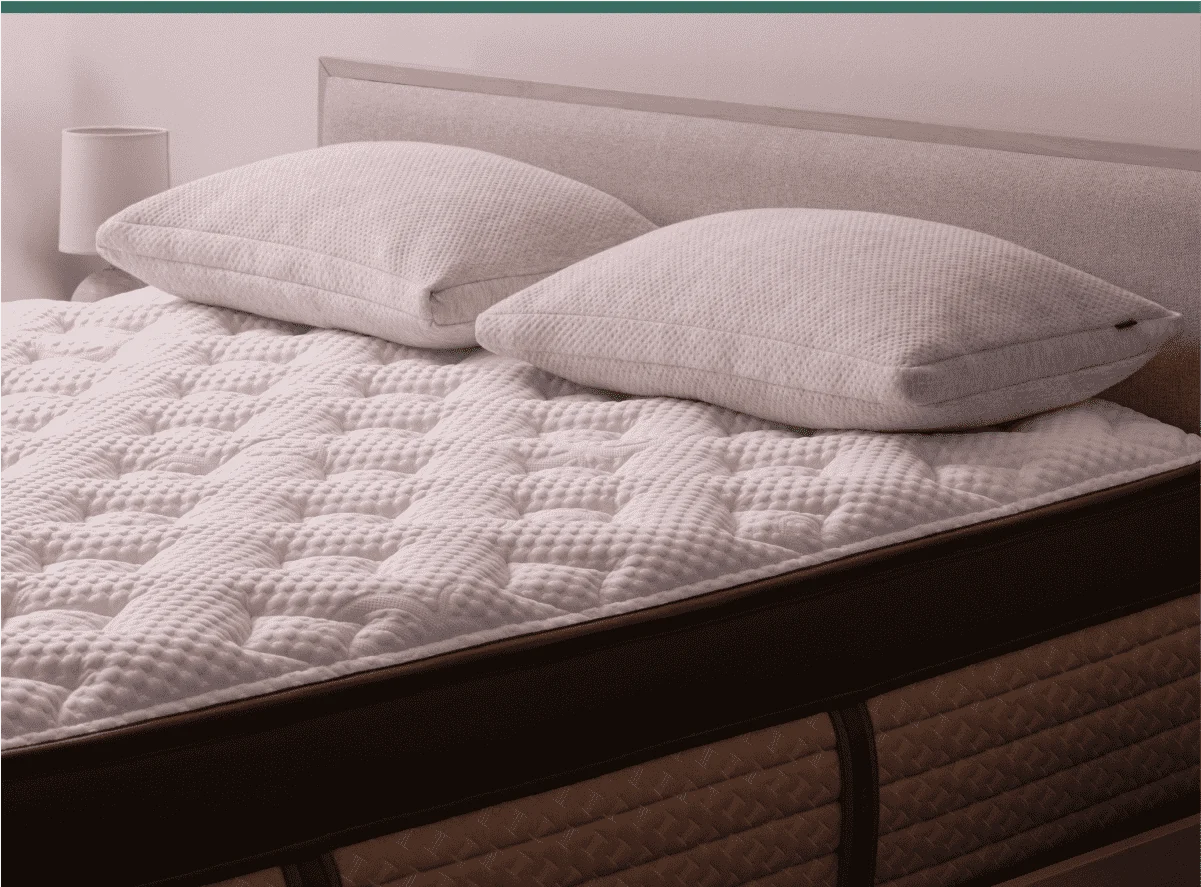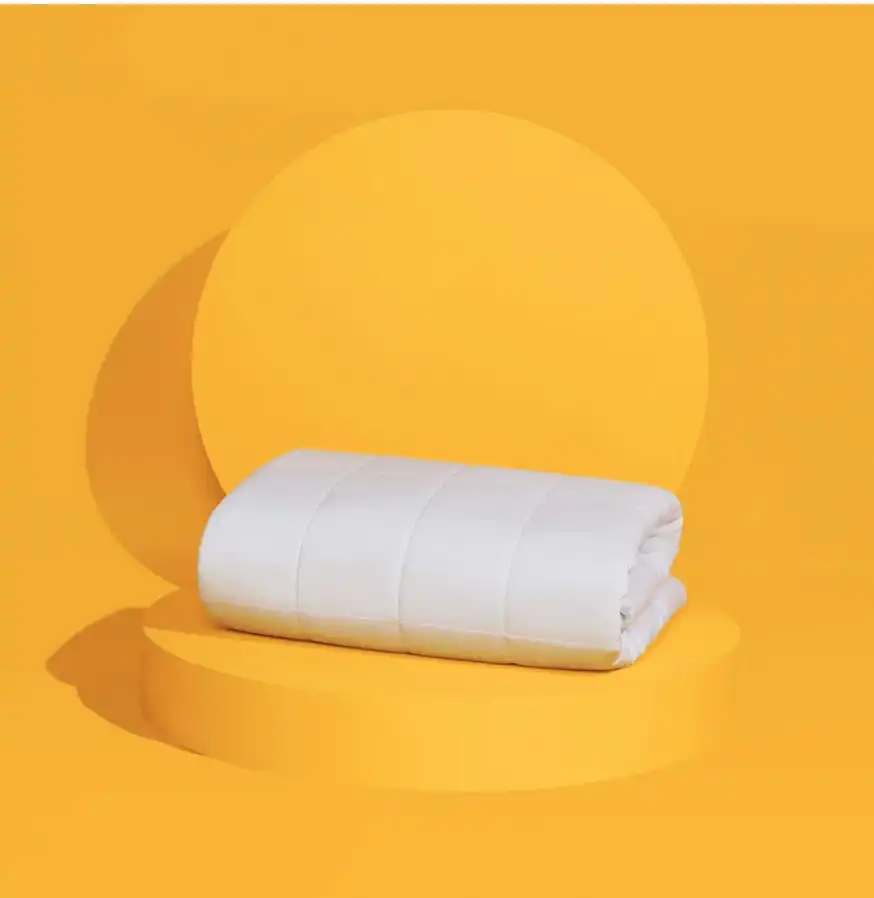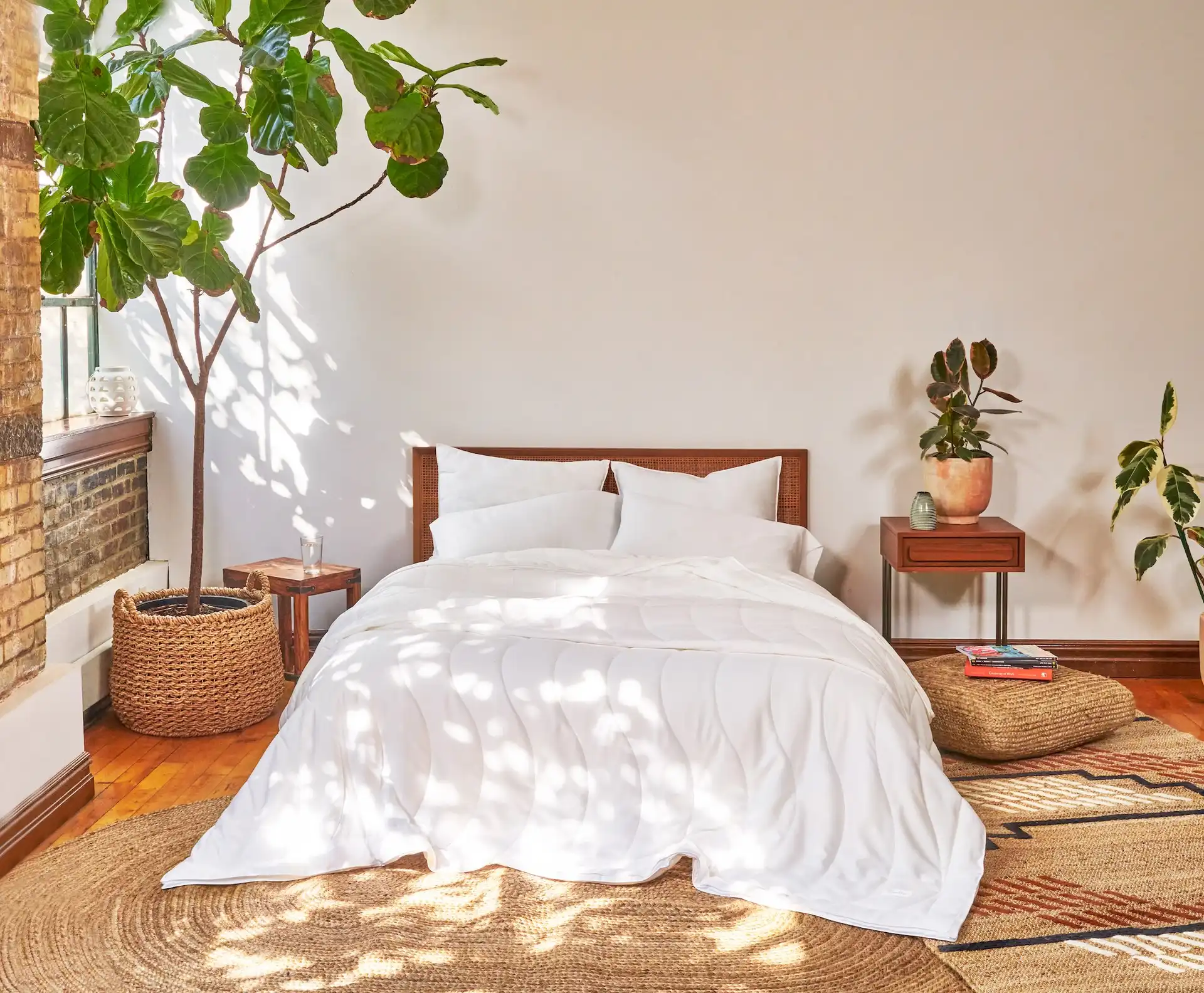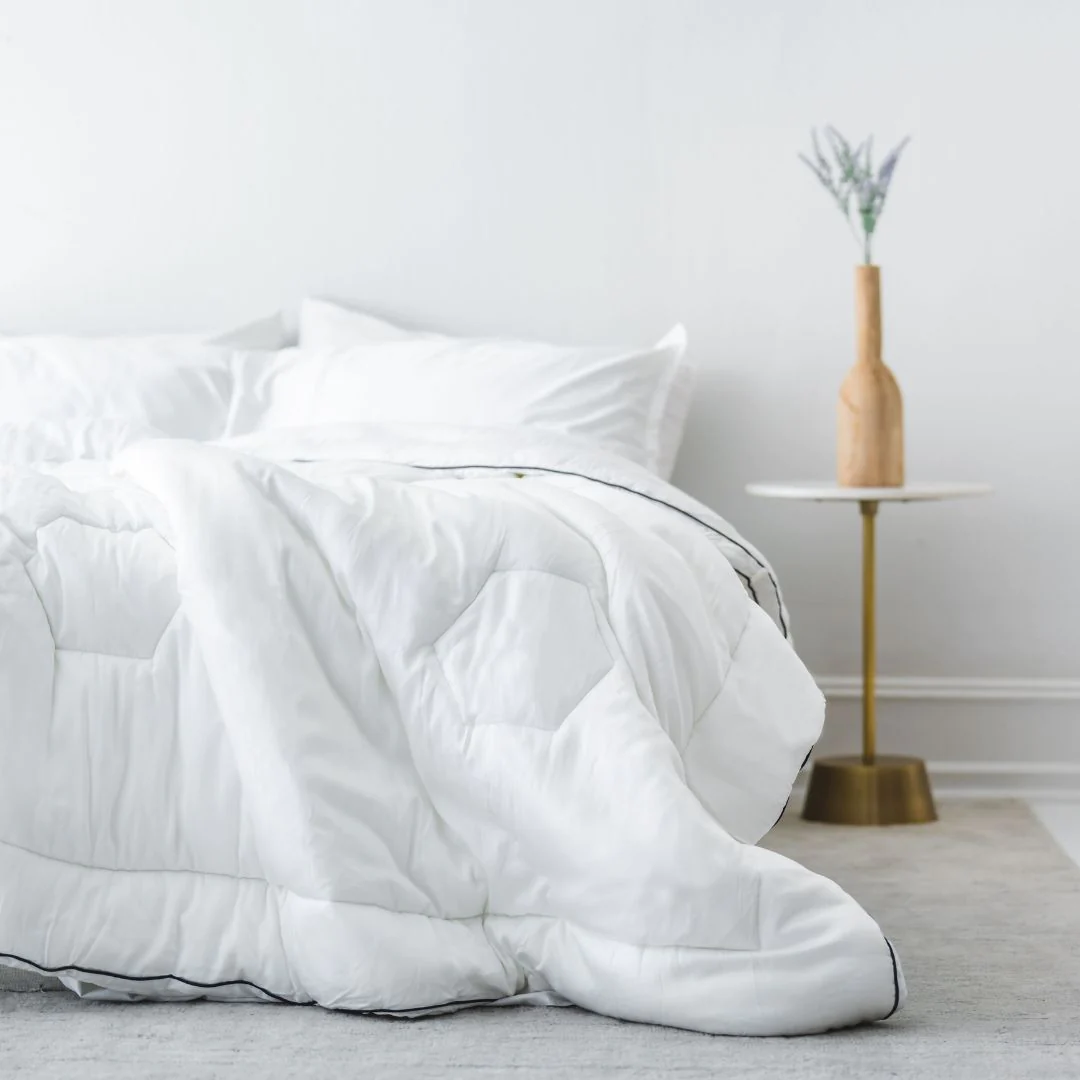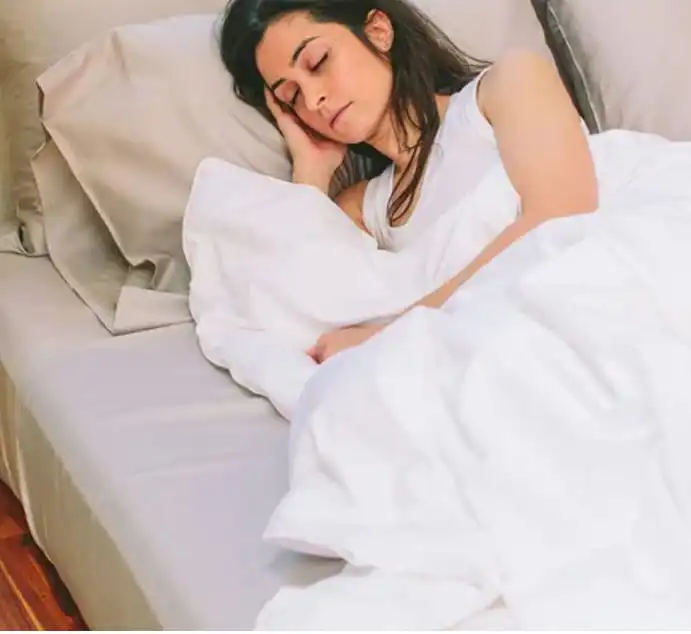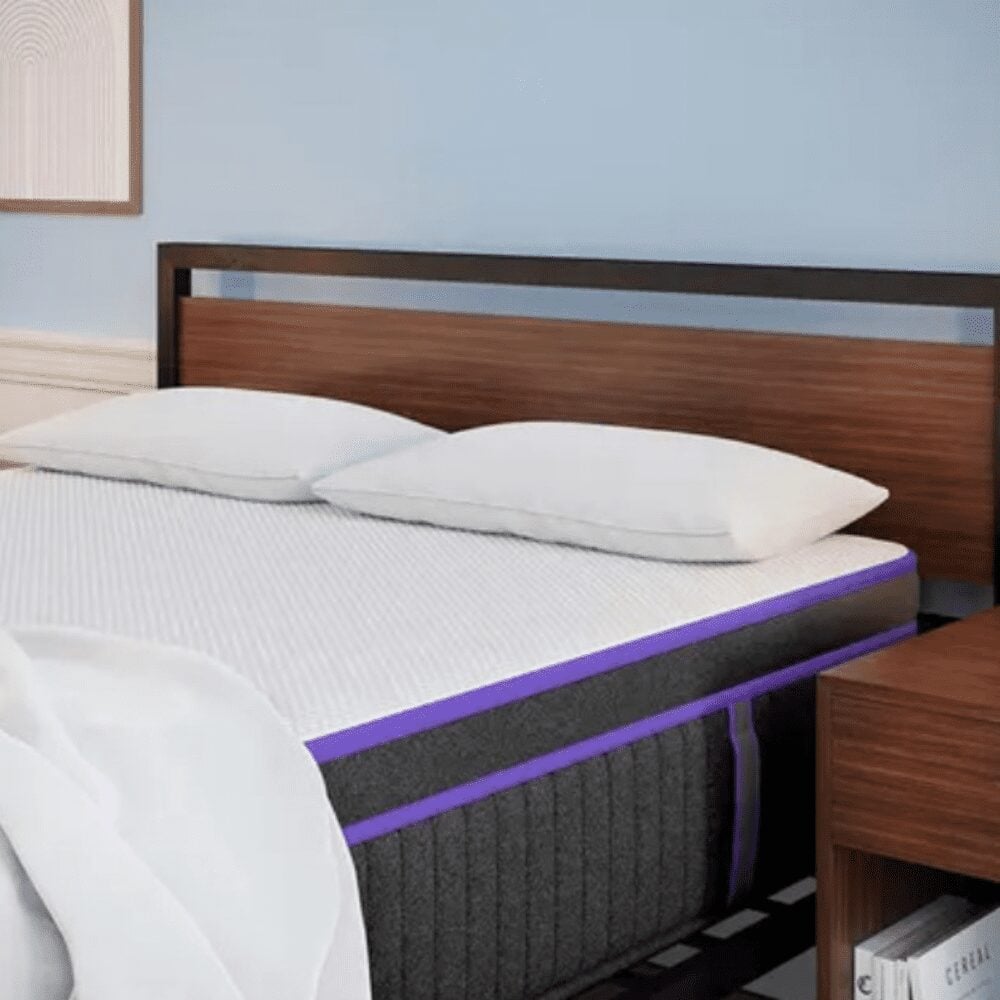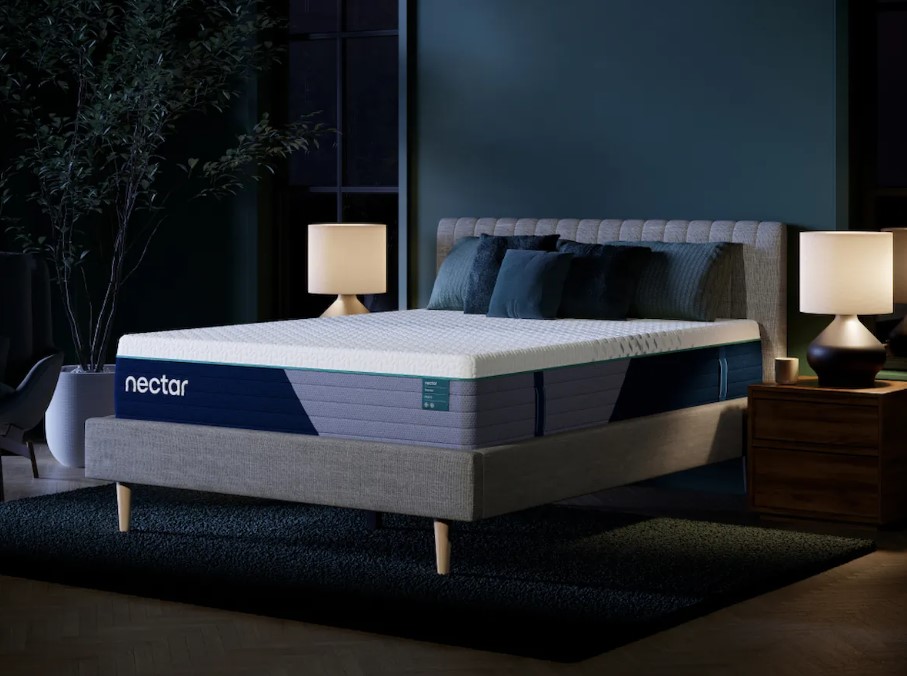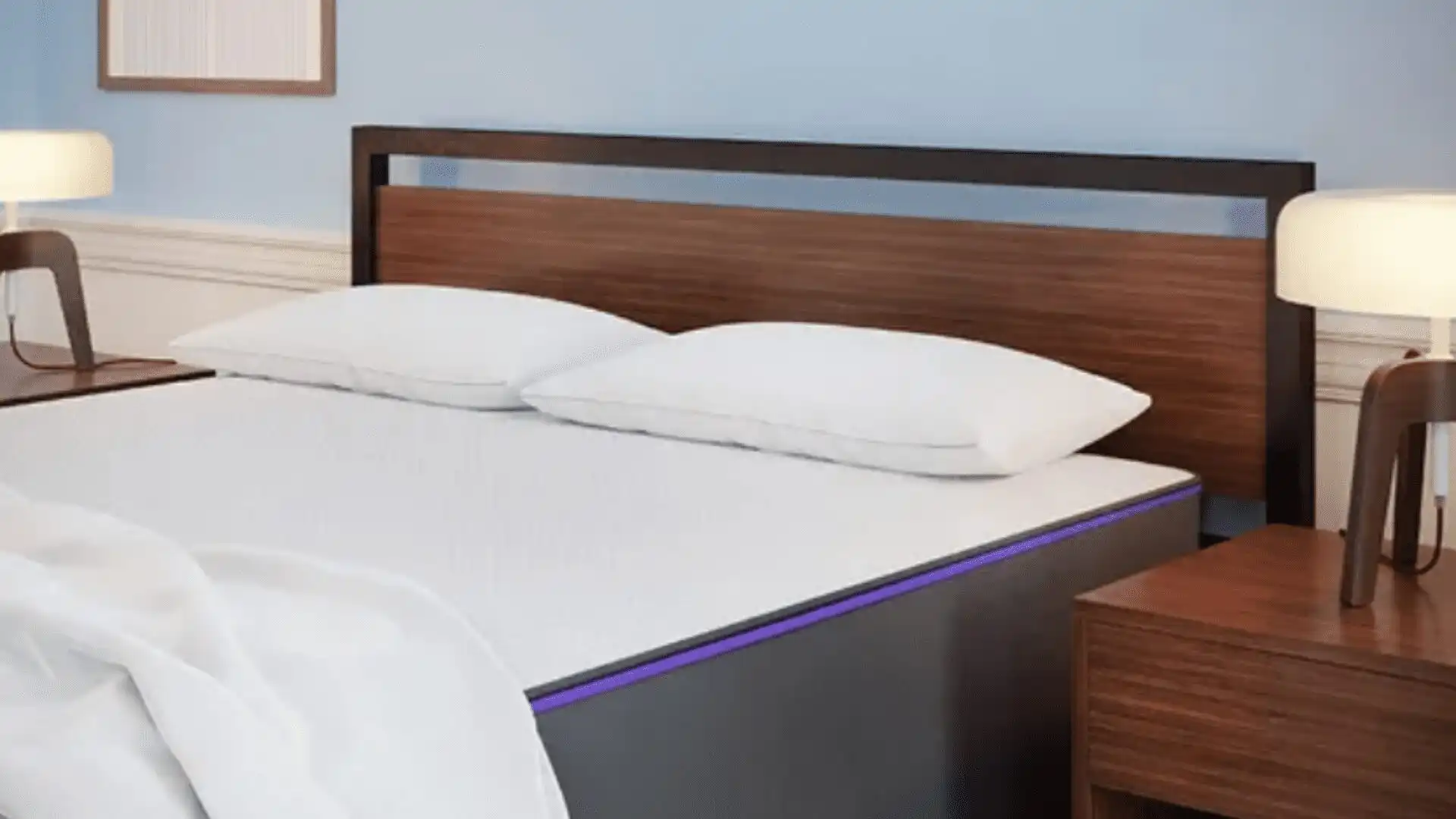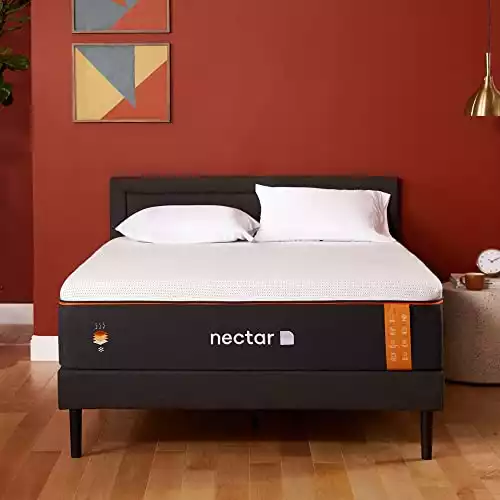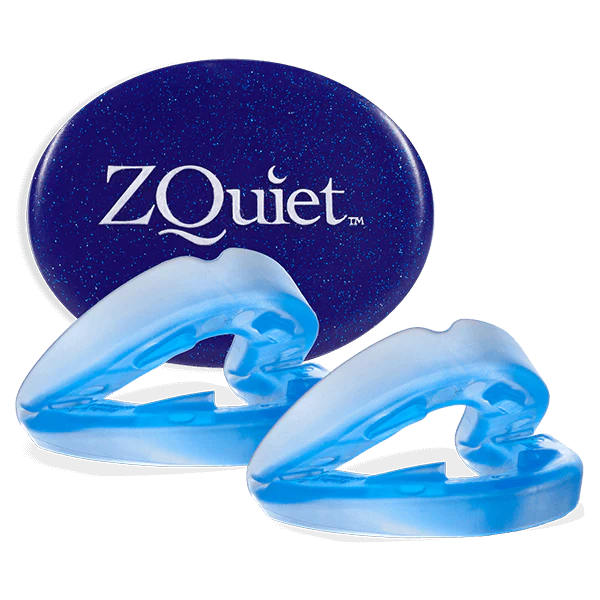The Helix Sunset Elite mattress delivers an unparalleled sleep experience, expertly crafted with a blend of cutting-edge technology and premium materials. Comprising five high-density foam layers, dual microcoil comfort layers, a superior support system, and Advanced GlacioTex™ Cooling Technology, this innovative mattress caters to the needs of those seeking a restful, refreshing, and rejuvenating night’s sleep.
Exuding both comfort and support, the Helix Sunset Elite mattress is constructed with five high-density foam layers that gently cradle the hips and shoulders while accommodating side sleeping positions. Working in harmony, these layers strike an ideal balance between softness and support, ensuring a restful slumber for users.
Enhancing the overall sleep experience, the mattress boasts two microcoil comfort layers, individually wrapped to provide remarkable cushioning and alleviate back pressure. The microcoils move independently with the contours of the body, allowing users to enjoy a tranquil, undisturbed sleep.
At its core, the Helix Sunset Elite mattress is bolstered by a superior support system, featuring hundreds of individually wrapped steel coils. This robust structure delivers zoned lumbar support and full perimeter reinforcement, ensuring a sturdy, supportive feel night after night. Designed with spine alignment in mind, the support system prevents discomfort and pain, contributing to a peaceful rest.
A standout feature of the Helix Sunset Elite mattress is the Advanced GlacioTex™ Cooling Technology. This innovative phase change fabric optimizes sleep temperature from the moment users lie down, providing all-night cooling comfort. The temperature-regulating fabric ensures that users remain cool and comfortable throughout the night, promoting uninterrupted sleep.
In summary, the Helix Sunset Elite mattress is an exceptional choice for individuals seeking a comfortable, supportive, and cooling sleep surface. Expertly engineered with high-quality materials and state-of-the-art technology, the mattress promises to deliver an unmatched sleep experience for those in pursuit of a restorative slumber.

Features of the Helix Sunset Elite mattress:
- 5 High-Density Foam Layers
The Helix Sunset Elite mattress is made with 5 high-density foam layers that provide a soft feel while cradling your hips and shoulders in side sleeping positions. The layers are designed to work together to provide the perfect balance of comfort and support.
- Microcoil Comfort Layers
The Helix Sunset Elite mattress also has two individually wrapped microcoil layers that provide incredible cushioning comfort, reduced back pressure, and a truly restorative sleep experience. The microcoils are designed to move independently with your body, so you can enjoy a comfortable and undisturbed sleep.
- A Superior Support System
Every Helix Sunset Elite mattress harnesses the support of hundreds of individually wrapped steel coils. These coils provide zoned lumbar support and full perimeter reinforcement for a sturdy, supportive feel night after night. The support system is designed to keep your spine in alignment and prevent pain.
- Advanced GlacioTex™ Cooling Technology
The Helix Sunset Elite mattress also features Advanced GlacioTex™ Cooling Technology. This phase change fabric optimizes your sleep temperature from the minute you lie down providing you with all-night cooling comfort. The fabric helps to regulate your temperature and keep you cool and comfortable all night long.
Overall, the Helix Sunset Elite mattress is a great choice for people who are looking for a comfortable, supportive, and cooling mattress. It is made with high-quality materials and features a variety of innovative technologies that are designed to help you sleep better.
The Helix Elite mattresses come with a 100-night sleep trial and a 10-year warranty. This means that you can try the mattress out for 100 nights and return it if you’re not happy with it. The warranty also covers any defects in the mattress for 10 years.
Here is the construction of each Helix Elite mattress:
- Sunset Elite: 5 layers of foam, including a plush layer of memory foam, a responsive layer of Energex foam, a transitional layer of Adaptive Foam, a supportive layer of High-Density Foam, and a durable layer of High-Density Base Foam.
- Moonlight Elite: 6 layers of foam, including a plush layer of memory foam, a responsive layer of Energex foam, a transitional layer of Adaptive Foam, a supportive layer of High-Density Foam, a layer of zoned support coils, and a durable layer of High-Density Base Foam.
- Midnight Elite: 9 layers of foam, including a plush layer of memory foam, a responsive layer of Energex foam, a transitional layer of Adaptive Foam, a supportive layer of High-Density Foam, a layer of zoned support coils, a layer of microcoils, a layer of High-Density Foam, a layer of cooling copper-infused foam, and a durable layer of High-Density Base Foam.
- Dusk Elite: 7 layers of foam, including a plush layer of memory foam, a responsive layer of Energex foam, a transitional layer of Adaptive Foam, a supportive layer of High-Density Foam, a layer of zoned support coils, a layer of microcoils, and a durable layer of High-Density Base Foam.
- Twilight Elite: 8 layers of foam, including a plush layer of memory foam, a responsive layer of Energex foam, a transitional layer of Adaptive Foam, a supportive layer of High-Density Foam, a layer of zoned support coils, a layer of microcoils, a layer of High-Density Foam, and a durable layer of High-Density Base Foam.
- Dawn Elite: 6 layers of foam, including a plush layer of memory foam, a responsive layer of Energex foam, a transitional layer of Adaptive Foam, a supportive layer of High-Density Foam, a layer of zoned support coils, and a durable layer of High-Density Base Foam.



